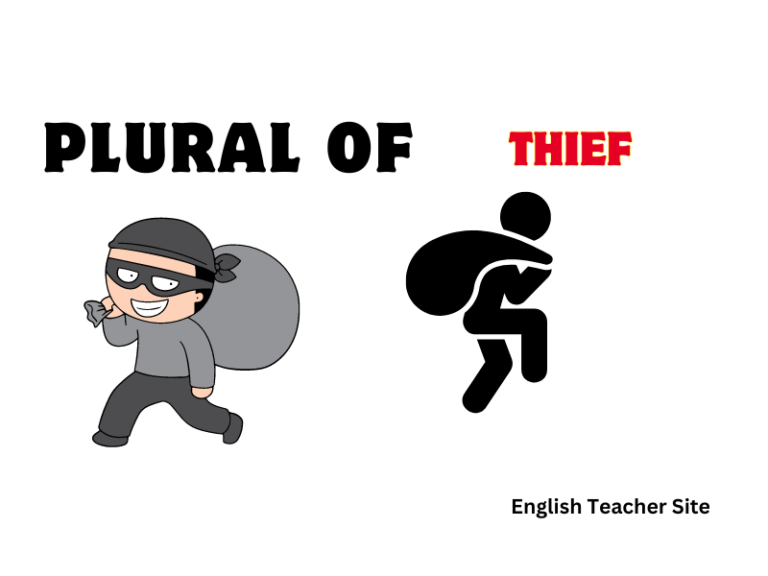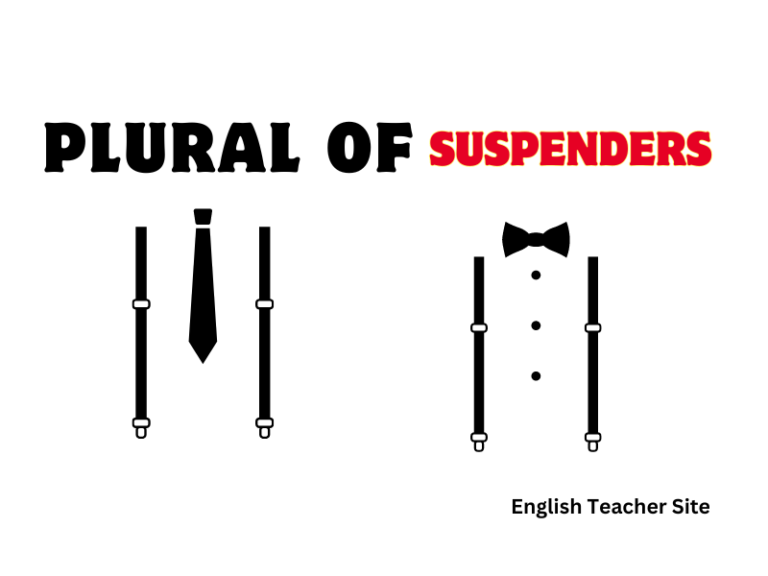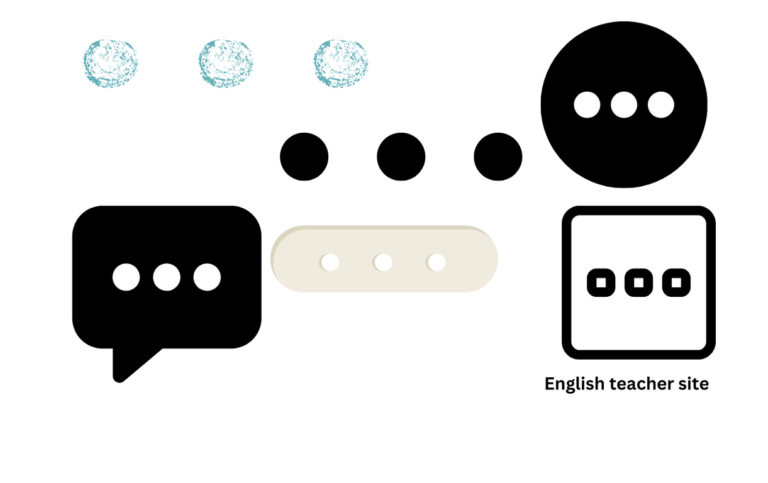What’s the Plural of Chief? Understanding the Correct Form

- The plural of the word “chief” is formed by adding an “s” to become “chiefs.”
- “Chief” serves as both a noun and an adjective in English.
- Proper pluralization is essential for correct English language usage, including the word “chief.”
The plural of “chief” follows a straightforward rule, contrasting with other nouns that can have irregular plural forms. While some might expect it to change the ending “f” to “ves,” as is the case with “wolf” (wolves) or “leaf” (leaves), “chief” simply adds an “s,” making the plural form “chiefs.” The term has various applications, acting as both a noun and an adjective, demonstrating its versatility within the English language. By understanding the plural form of “chief,” one effectively navigates its usage in both singular and plural contexts.
What’s the Plural of Chief?
Understanding the correct plural form of a word in English is crucial for proper communication. The word “chief” is one such term where the pluralization may lead to uncertainty. The traditional rule for forming plurals in English applies to the noun “chief,” where adding an “s” suffices to denote more than one.
Plural Formation:
| Singular | Plural |
|---|---|
| chief | chiefs |
Common Confusions:
- Some nouns ending in “f” or “fe” change to “ves” in the plural – for example, “wolf” becomes “wolves.”
- “Chief” does not follow this pattern.
Here are some contexts that demonstrate the usage of the term in its plural form:
- Tribal leaders are often referred to as chiefs.
- In a corporate environment, the heads of departments can be designated as various chief officers, like Chief Financial Officers or Chief Technology Officers.
When employing “chief” as an adjective, it remains unchanged in the plural form:
- The chief reasons for the delay were not disclosed.
Usage Examples:
- In meetings with the company chiefs, new strategies are discussed.
- Among indigenous tribes, the council of chiefs plays a significant role in decision-making.
Singular Form of Chief
The word chief refers to the leader or head of a group or organization. Its singular form drives from its functional role and grammatical usage. A chief can be anyone in a position of authority, such as a CEO, president, tribal leader, or police chief. The word is straightforward in its singular application, lacking any additional affixes or modifications.
In the singular form, the word ‘chief’ can also function as an adjective, describing a principal or most important part or feature. For example, the term can be used like so:
- The chief concern of the committee
- The band’s chief songwriter
| Aspect | Description |
|---|---|
| Role | Leader or head of a group |
| Adjective | Indicates principal or importance |
Consider the following examples demonstrating chief as a noun and as an adjective:
- Noun: The chief will speak at the conference today.
- Adjective: She has a chief interest in biology.
It is also critical to refer to chief in the right context. As such, the singular noun is not to be confused with similar-looking words or plurals. Here are examples to illustrate the correct usage:
- The chief (singular) is responsible for making strategic decisions.
- Chiefs (plural) preside over different departments within an organization.
Chief: Definition and Meaning
Chief is a noun that plays a significant role in English vocabulary, denoting a person in a position of power or authority. Often associated with leadership, the word chief originates from the Old French word chef, meaning head or leader. The term stands relevant across various contexts, from traditional indigenous communities to modern corporate and governmental structures.
Various Definitions of ‘Chief’:
| Context | Meaning |
|---|---|
| Tribal Leader | The head of a tribe or clan |
| Professional Setting | A supervisor or person of high rank in an organization |
| Law Enforcement | Refers to a commanding officer, such as a police chief |
| Heraldry | The uppermost part of a shield or heraldic field |
Usage in Sentences:
- The tribe’s elders meet with the chief to discuss community issues.
- As the project’s chief, she held responsibilities for all major decisions.
- The chief of police announced the new public safety initiative.
- In heraldry, the chief represents strength and authority.
Examples of Chief in Sentences
Single Use:
- The company’s chief is responsible for making executive decisions.
- A tribe’s chief often plays a crucial role in maintaining traditions.
Plural Use:
- The organization announced a meeting between regional chiefs to discuss strategy.
- A gathering of tribal chiefs can signify an event of great importance.
| Subject Position | Example Sentence |
|---|---|
| Chief as Subject | The chief convened the council. |
| Chiefs as Subject | The chiefs from various regions met annually. |
| Object Position | Example Sentence |
|---|---|
| Chief as Object | The committee appointed a new chief. |
| Chiefs as Object | The treaty was ratified by all the chiefs present. |
Utilizing bullet points, let’s focus on the adjective form:
- The chief concern among the members was safety.
- Their chief goal is to foster unity among the diverse groups.
Bolded words within sentences serve to emphasize the most relevant positions of “chief”:
- In her role, she is the chief mediator during disputes.
- They elected a chief who exemplified courage and wisdom.
Examples of Chiefs in Sentences
Here are two tables showing examples of sentences with singular and plural uses of “chief”:
Singular Usage of “Chief”
| Sentence | Explanation |
|---|---|
| The chief of the tribe spoke at the ceremony. | “Chief” refers to a single leader of a tribe. |
| Every company has a chief executive officer. | “Chief” denotes the highest-ranking officer in a company. |
Plural Usage of “Chiefs”
| Sentence | Explanation |
|---|---|
| The board meeting was attended by several departmental chiefs. | “Chiefs” indicates multiple department heads. |
| The historical council was led by indigenous chiefs. | “Chiefs” refers to more than one tribal leader. |
In sentences, the context of “chief” can change its meaning:
- As a noun: “The chiefs are responsible for strategic decisions.”
- This indicates multiple individuals with leadership roles.
Using “Chiefs” in Different Contexts
In government or military:
- The joint chiefs of staff convened to discuss the policy.
- In this context, “chiefs” represents the heads of various military branches.
In corporate settings:
- The company’s chiefs met to review the quarterly earnings.
- Here, “chiefs” is shorthand for persons in top management positions, like CEOs or CFOs.
Each example is used to demonstrate how “chiefs” functions within a sentence, reflecting the roles and responsibilities of leaders across various domains. The use of “chiefs” seamlessly aligns with standard English pluralization rules, making it a straightforward application for multiple entities in a leadership role.
Synonyms for Chief
It’s essential to explore its various synonyms which convey similar meanings across different contexts.
Synonyms Highlighting Authority
| Rank | Synonyms |
|---|---|
| 1 | Leader |
| 2 | Commander |
| 3 | Head |
| 4 | Director |
These terms emphasize the controlling or guiding role often associated with a chief. They are regularly used within hierarchical structures such as organizations, tribes, or military units.
Synonyms Indicating Primacy
| Rank | Synonyms |
|---|---|
| 1 | Principal |
| 2 | Main |
| 3 | Foremost |
| 4 | Primary |
- Leader and Commander suggest a person in charge, steering a group or an organization.
- Words like Principal and Main refer less to a person and more to an element regarded as most significant or foundational.
Origin of the Word Chief
The term chief has a storied history rooted in several languages influencing modern English. Its etymological journey began with the Latin word caput, meaning “head.”
From Latin to English
| Language | Term | Meaning |
|---|---|---|
| Latin | caput | head |
| Vulgar Latin | capus | leader |
| Old French | chef | leader |
| Middle English | cheef | leader |
As the Vulgar Latin term capus evolved, it denoted a figure of authority. The Old French adopted this term as chef, which referred to a leader. Through cultural and linguistic exchanges, particularly the Norman Conquest, the Old French chef transitioned into the Middle English cheef, maintaining its association with leadership.
Evolution of Pronunciation
- Latin ca– became French tsha
- Old French ch digraph used for the tsh sound
- English adopted these phonetic elements post-Norman Conquest
The Old French was particularly influential in shaping the English language, introducing a multitude of words with the characteristic ch digraph. These imported words from the French, like chaste, charity, and chief, began to feature prominently in English vernacular.
In contemporary English, chief maintains its historical significance as a noun for the head or leader of a group or organization, such as a “chief of police.”
Historical Linguistic Influence:
- Chief reflects a borrowing from Old French post-Norman Conquest.
- The word has kept its central leadership connotation over centuries.
- Chief visually and phonetically aligns with other English words adopted from Old French.
Sources
My name is Khamis Maiouf. I am the creator of the English Teacher Site, dedicated to providing valuable resources and insights for students around the world. With a passion for education and a commitment to helping students enhance their skills, I aim to make English teaching more effective and enjoyable for both educators and students.






